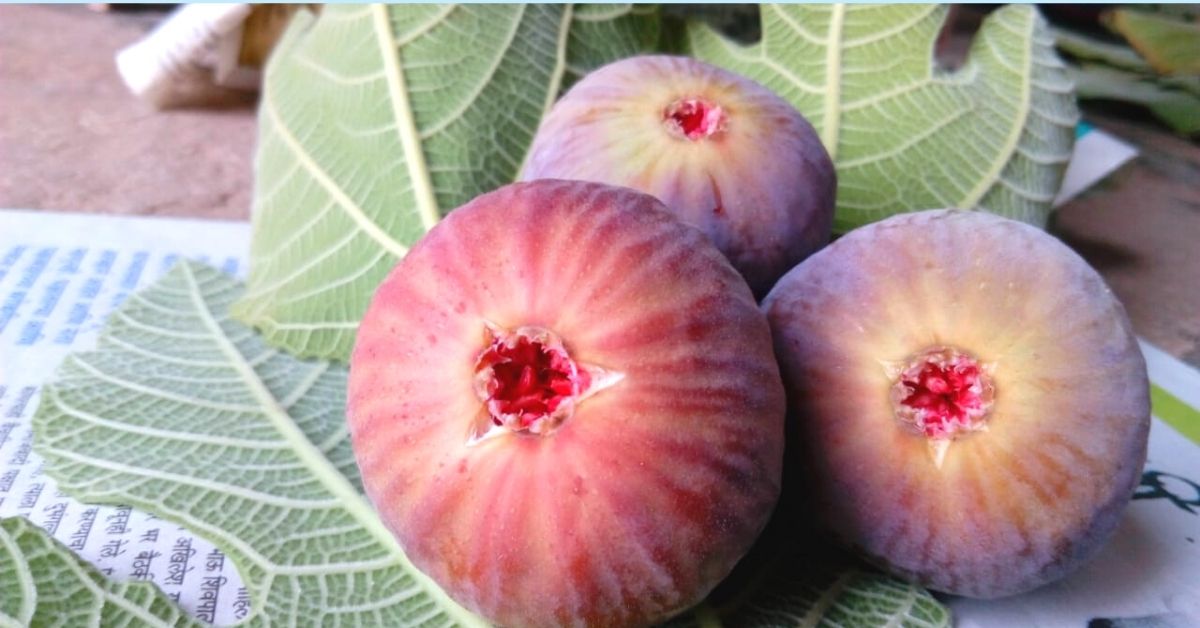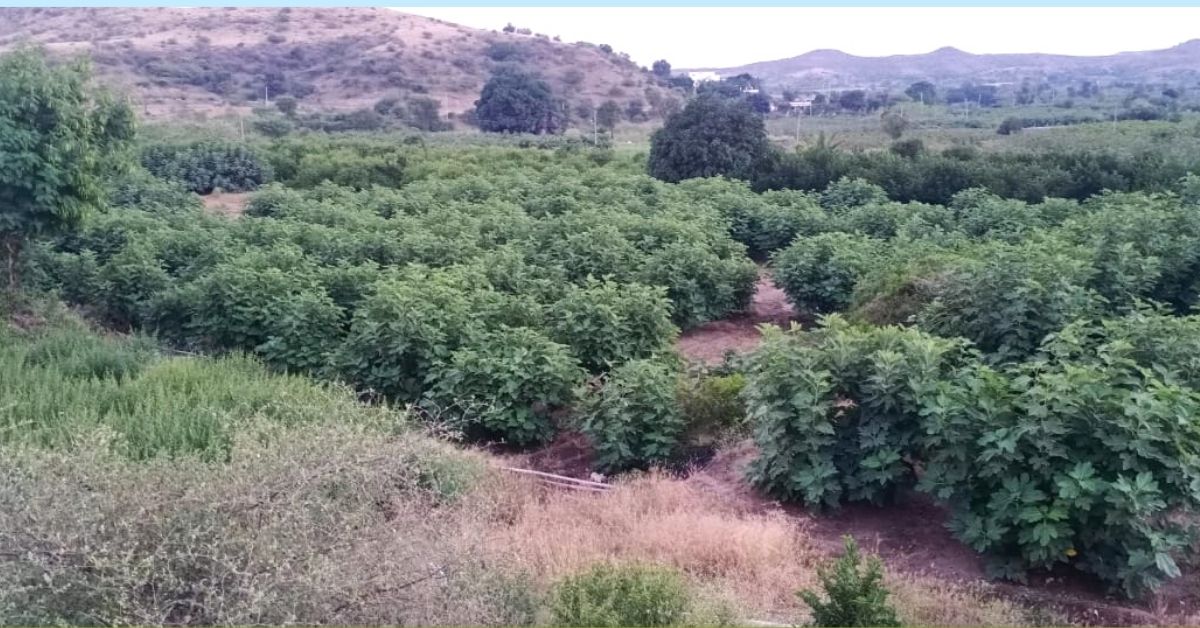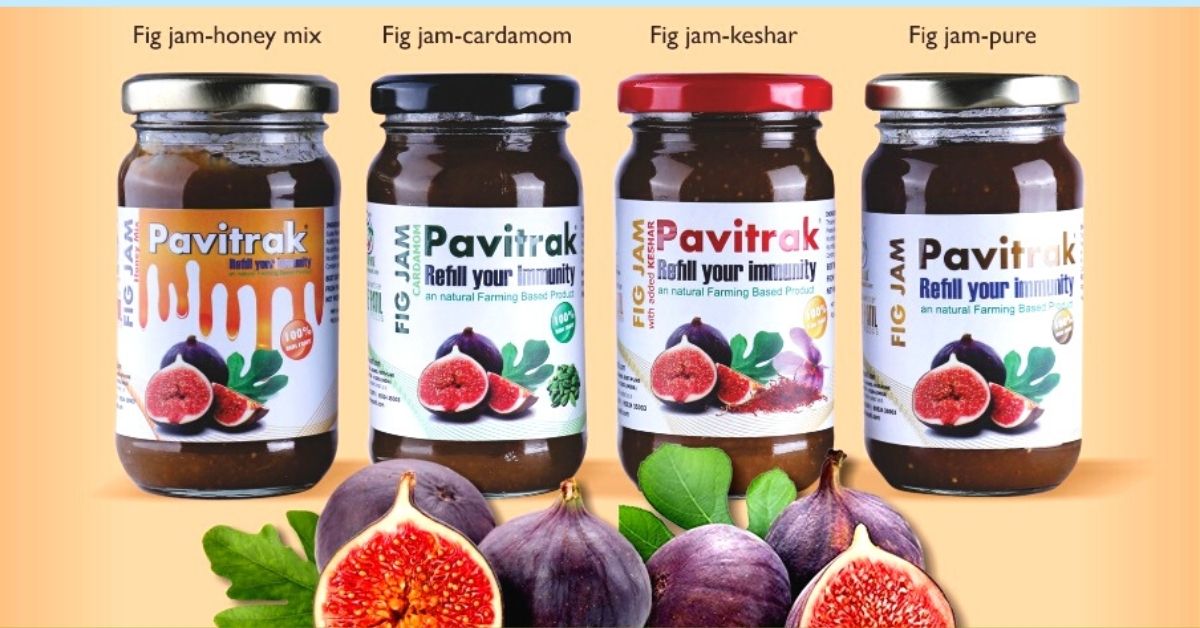Life seemed to be cruel to Sangeeta Boraste, a grape farmer from Niphad taluka, Nashik, who inherited a debt of Rs 30 lakh from her late husband. But when life gave her lemons, she sure made a lot of lemonade every single time. After getting married at the age of 15 to Arun, Sangeeta moved to Niphad, which is known as the prosperous grape belt of the region.
“I got married in 1990 but disputes divided the family in 1991, leaving my husband 10 acres of land in property division,” says Sangeeta, adding that he struggled to grow grapes. “Though the area is known for grape vineyards, my husband was working in a bank, and he had to quit his job to learn farming from scratch. We suffered losses and even had to sell 2.5 acres of the land owing to the heavy debts,” Sangeeta recalls.
Weathering the storms

However, after years of struggle, a silver lining appeared in 2014, when a fresh plantation was about to bear fruit and help solve their financial crisis. “My husband passed away just before the harvest season, leaving behind three daughters, one son, seven acres of land and Rs 30 lakh of debts,” she narrates.
Sangeeta says she only knew how to get work done from farm labourers, and “didn’t even know the basics of farming”. But having to let go of the labourers, she had to take things into her own hands. Recalling an incident from her days of struggle, she says, “I remember one evening during Diwali, I was in the field till 9 pm, struggling to get a tractor out that was stuck in the field.”
As a novice, she relied heavily on relatives and neighbours for help. “After a point, I was alone with my younger son and a nephew to assist me in the fields. However, the situation improved slowly,” she says.
Over the years, Sangeeta literally weathered the storm, from droughts to extremely heavy, unseasonal rainfall and hailstorms. “Every year many issues sprung up. The grapevines are sensitive to the weather. I have even stayed late at night to warm up the vineyard with a bonfire,” she laments.
However, she later received assistance from Sahyadri Farms, who helped her market grapes abroad.
Grapes novice turns expert

“I worked hard to improve the quality of grapes to make them eligible for exports. Today, over 50 per cent of the grape produce gets exported each year,” Sangeeta tells The Better India.
The farmer not only paid-off her debts but started earning Rs 40 lakh a year.
“Vineyards are extremely difficult to maintain, and most of the earnings go into expenses. I earn a profit of about Rs 15 lakh a year,” Sangeeta says, adding that she has married off two of her daughters and is now preparing for the third one’s marriage.
Her success has earned her pride, a sense of achievement and a strong sense of confidence.
Sangeeta says, “The only thing I learned in life is to be courageous. I think anyone else in my position would’ve given up much earlier. But I was determined to taste success and ready to put in all the hard work for it. All the farmers need to remember this.”
The recent COVID-19 lockdown also dealt her another harsh blow. “I incurred losses of Rs 35 lakh as the grapes could not be exported. During this period, my total earnings were Rs 15 lakh, which hardly covered some of the expenses. But I made raisins from grapes and sold them at Rs 3 per kg,” Sangeeta says.
However, at the age of 46, Sangeeta continues to stand strong and brave all the odds. “I will continue to work hard and make up for the losses in the coming harvest,” she concludes.
Check how does it looks to walk inside a vineyard.












































